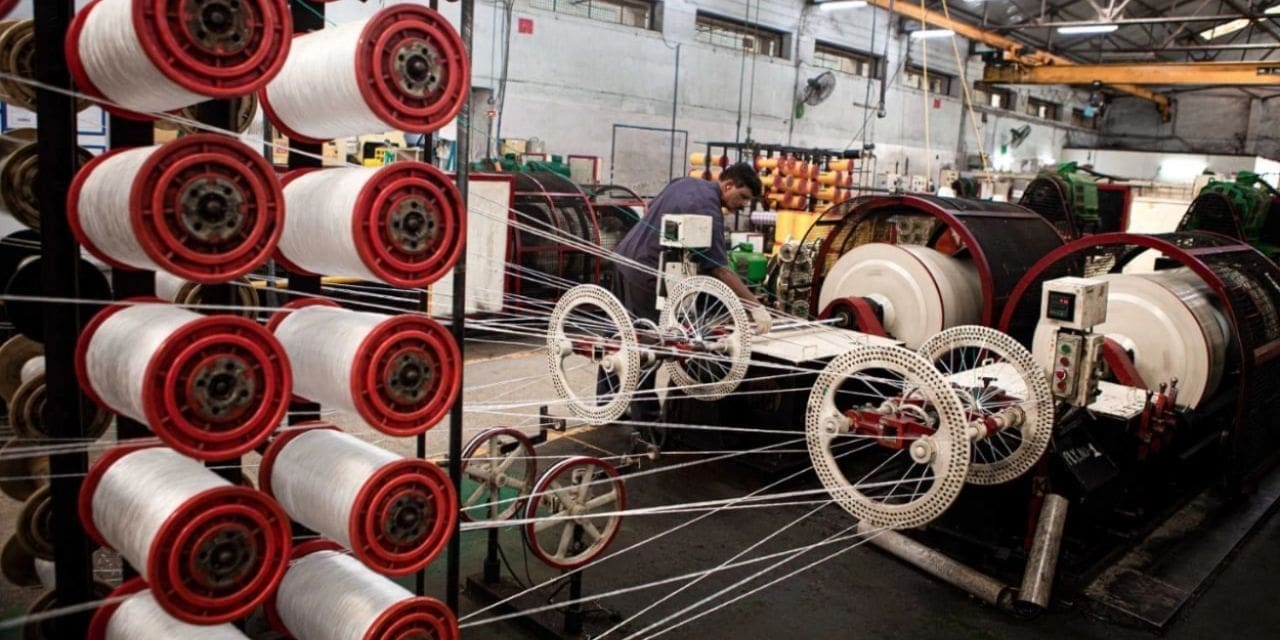The global construction textile market is projected to have an average-paced CAGR of 6.8% during the forecast period. The current valuation of the market is US$ 2.08 billion in 2022. The market value of the construction textile market is anticipated to reach a high of US$ 4.91 billion by 2032. A historical market valuation of US$ 1.90 billion has been recorded in the analysis conducted by Future Market Insights.
The construction textile market is projected to witness an unprecedented surge over the recent years owing to its diverse utilization across the construction industry for permanent as well as temporary purposes like that in tunnels, roads, dams, bridges, and more. The surge in the sale of construction textiles can be attributed to their robust properties like high strength, lightness, resilience, and resistance to pollution and chemicals.
Furthermore, the expert analysts at FMI have analyzed that construction textiles are entirely reliable, highly efficient, and aesthetically prominent products that offer flexibility to improve architectural creativity, thereby gaining prominence through the forecast period. The construction industry in growing economies is showcasing a greater expansion rate owing to the escalating number of residential projects. Therefore, with the quick development of industrialization and urbanization, the construction textile market is projected to propel further through 2032.
Global Construction Textile Market: Drivers & Restraints :
Expanding infrastructure across the world and demand for innovation is foreseen to drive the demand for construction textile during the forecast period.
Growing consumption of construction textile for various applications such soil sealing, ground stabilization, construction of paved and unpaved roads, green roofs and many more, is poised to propel the demand for construction textile over the forecast period.
On other hand, construction textiles are prone to installation damage and their reliability is uncertain which might hamper the growth of the construction textile market. In order to overcome such problems manufacturers are now focusing towards the production of durable, reliable and quality construction textiles.
Innovation and R&D:
An increasing call for fulfilling aesthetics in the form of awnings, facades, flexible architecture, and canopies is driving the success of the market. Manufacturers in the construction textile market are leveraging advancements in technology to launch new products and gain a competitive advantage. These firms are continually investing in research and development activities to keep themselves in tandem with the changing commercial preferences and end-use industry demands. Efforts are being made to strengthen their foothold in the forum and aid the further progression of the construction textile market.
The market is identified to be highly fragmented, with key players indulging in strategic collaborations with other prominent players for the spike in the sale of the concerned product and acquiring larger shares in the market.
Some of the key manufacturers are showing their commitment to innovation in workwear and are introducing the latest fabrics with the integration of Xtraflex SL with 37.5 Technology, along with environmentally friendly additions to the product range. The materials made by these biggies are likely to revolutionize the landscape of construction textiles as the new materials will give unrivalled performance due to their lightweight composites.
Therefore, it is anticipated by FMI that the global construction textile market is likely to witness significant growth through the estimated period of study.
Textiles are utilized in many ways in construction industry, both for permanent as well as temporary purposes. Bridges, tunnels, roads and dams are some common applications where construction textiles are used. These textile offer excellent combination of characteristics such as strength, resilience, lightness, resistance to chemicals, resistance to pollutants in the air etc.
Tents, awnings and marquees are some obvious temporary construction applications of construction textile. Furthermore, construction textiles are frequently used for hoardings, signages, awnings, canopies and roofing material.

